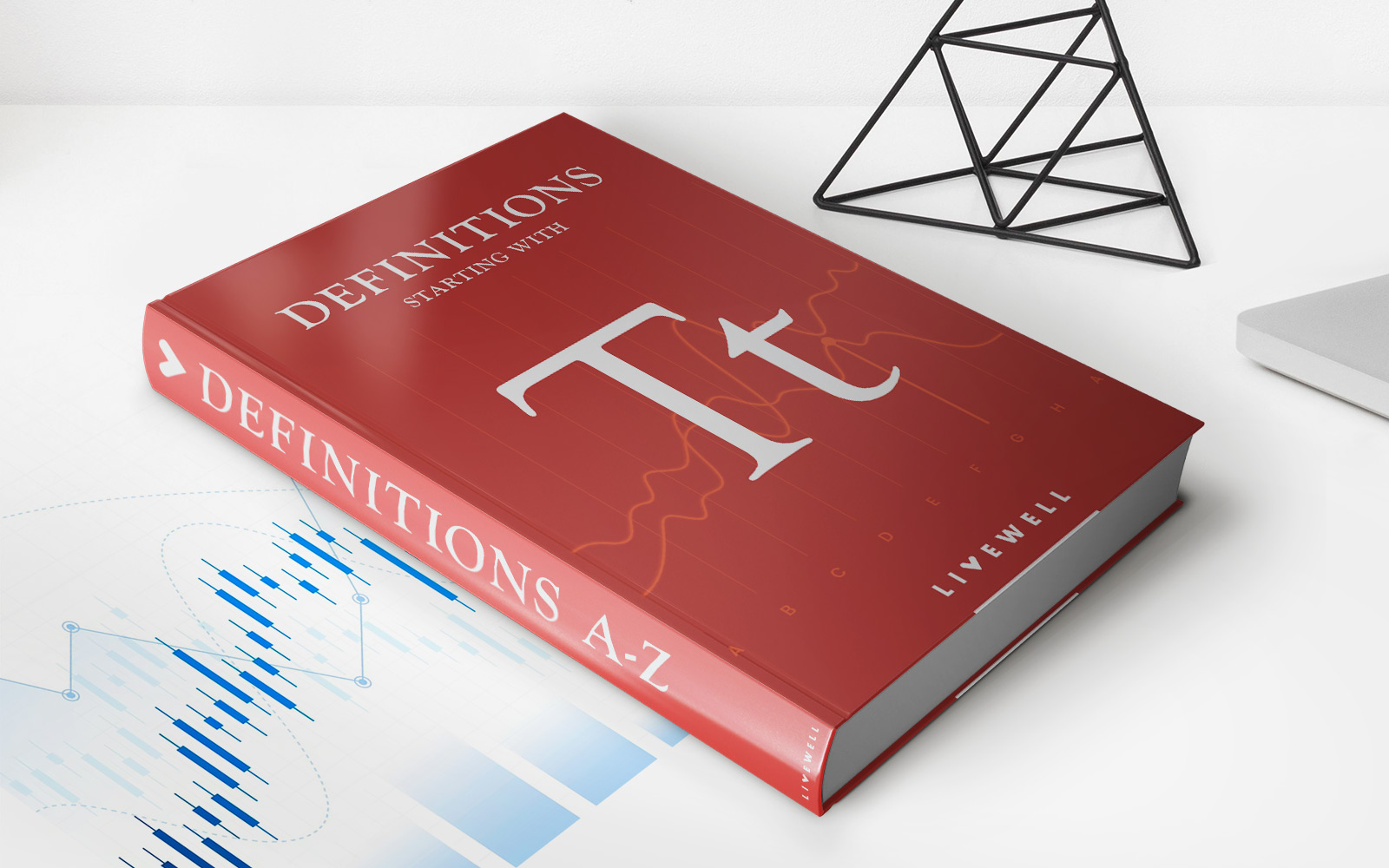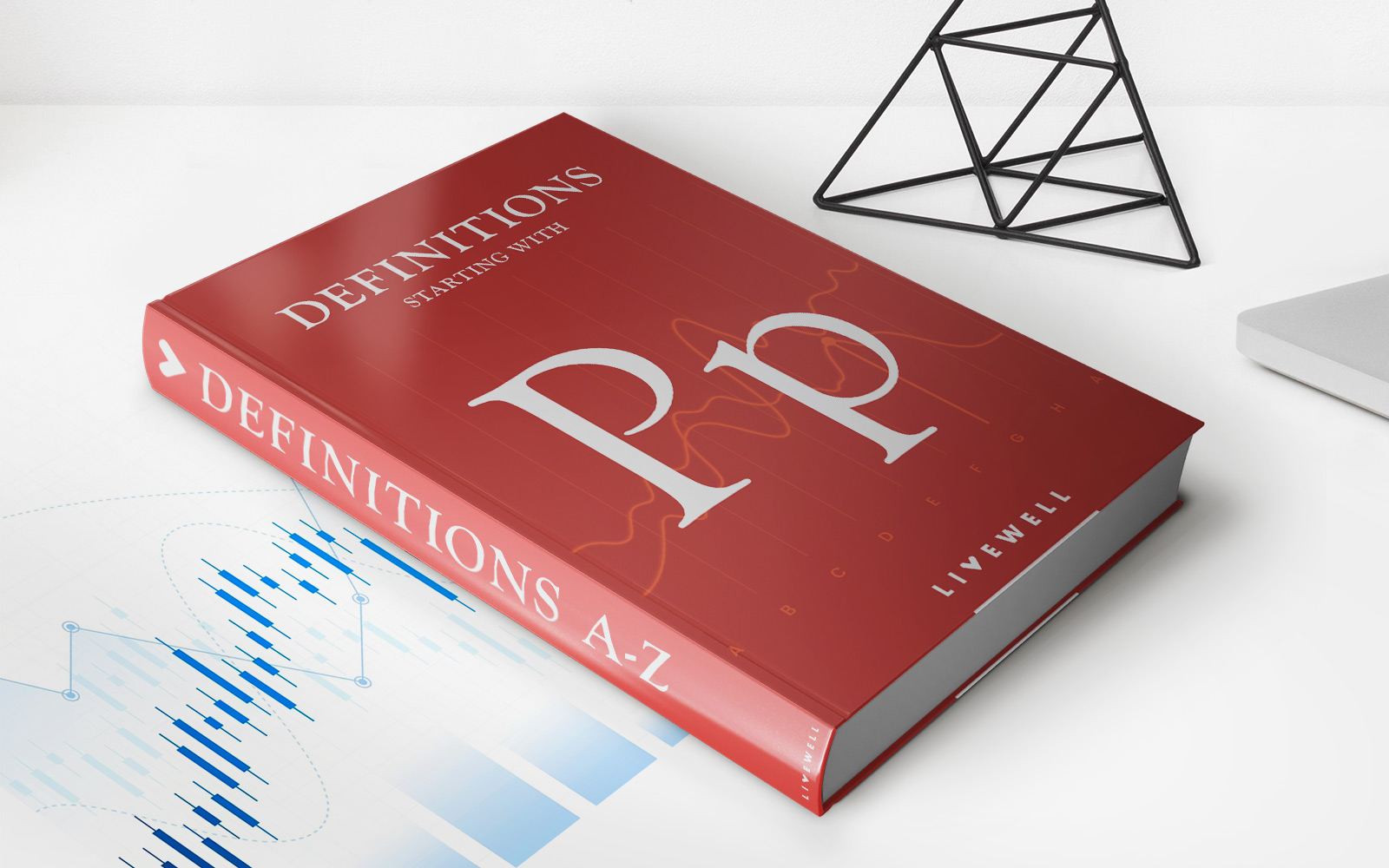Home>Finance>Unlevered Cost Of Capital: Definition, Formula, And Calculation


Finance
Unlevered Cost Of Capital: Definition, Formula, And Calculation
Published: February 14, 2024
Learn the definition, formula, and calculation of the unlevered cost of capital in finance. Gain insights into determining this essential metric for investment analysis.
(Many of the links in this article redirect to a specific reviewed product. Your purchase of these products through affiliate links helps to generate commission for LiveWell, at no extra cost. Learn more)
Unlevered Cost of Capital: Definition, Formula, and Calculation
Are you interested in understanding the financial health and performance of a company? One crucial metric in the field of finance is the unlevered cost of capital. In this blog post, we will explore the definition, formula, and calculation of the unlevered cost of capital, providing you with valuable insights into this essential financial concept.
Key Takeaways:
- The unlevered cost of capital represents the cost of financing a company’s operations without considering its tax benefits or capital structure.
- Calculating the unlevered cost of capital involves determining the weighted average cost of capital (WACC) without incorporating any debt or interest payments.
Understanding the Unlevered Cost of Capital
The unlevered cost of capital, also known as the “pure return” or “pre-tax cost of capital,” measures the minimum return a company must generate to compensate its investors. It disregards the tax benefits associated with debt financing and focuses solely on financing operations without considering any debt payments.
The unlevered cost of capital is a critical metric for businesses when evaluating investment opportunities, determining project feasibility, or making capital budgeting decisions. By considering only equity financing, this cost represents the return investors would expect when investing in a project or the company as a whole.
Formula and Calculation
The formula for calculating the unlevered cost of capital involves determining the weighted average cost of capital (WACC) without incorporating any debt or interest payments. The WACC is the average rate of return the company needs to meet its financial obligations to both equity and debt investors.
The unlevered cost of capital formula can be represented as:

- Cost of Equity: The expected return on equity investment in the company. It represents the rate of return shareholders require for their investment.
- Equity Percentage: The proportion of equity financing in the company’s capital structure.
- Cost of Debt: The interest rate or cost associated with debt financing. It represents the return lenders require for providing the company with debt capital.
- Debt Percentage: The proportion of debt financing in the company’s capital structure.
Once you have gathered the necessary information, follow these steps to calculate the unlevered cost of capital:
- Determine the cost of equity and the equity percentage.
- Determine the cost of debt and the debt percentage.
- Plug the values into the formula: (Cost of Equity / Equity Percentage) + (Cost of Debt / Debt Percentage).
Conclusion
The unlevered cost of capital is a vital concept in the field of finance, providing valuable insights into a company’s financial performance and investment opportunities. By understanding this metric and how to calculate it, you can make informed decisions when evaluating projects or assessing the viability of a company.
Remember, the unlevered cost of capital focuses purely on equity financing and excludes any tax benefits or debt payments. Having a clear understanding of this concept can help you navigate the financial landscape more effectively and make smarter investment decisions.














